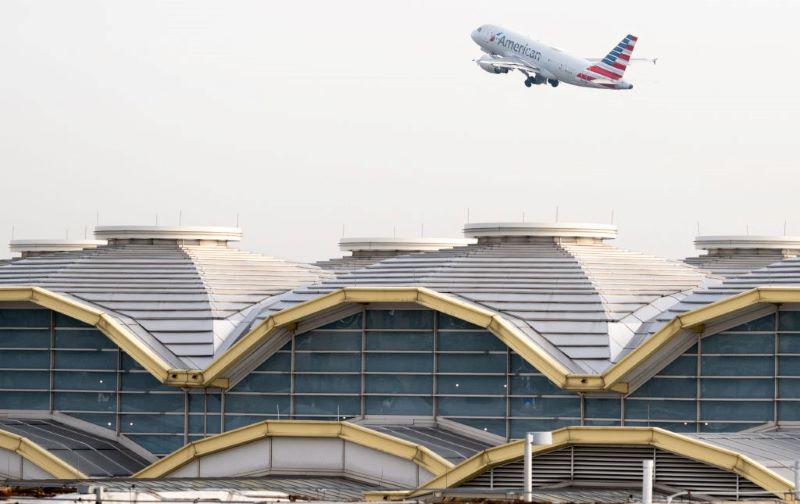Op-Ed: DCA’s Perimeter Rule Needs Beyond Inside The Beltway Thinking

Washington Reagan National Airport (DCA)
Credit: Saul Loeb/AFP via Getty Images
Any FAA Reauthorization bill is guaranteed to engender debate about whether to permit more nonstop air service at Washington Reagan National airport (DCA) to points beyond the mandated 1,250-mi. limit. This year is no different. The Big 3 U.S. airlines, Alaska Airlines, and ULCC Spirit Airlines have...
Subscription Required
This content requires a subscription to one of the Aviation Week Intelligence Network (AWIN) bundles.
Schedule a demo today to find out how you can access this content and similar content related to your area of the global aviation industry.
Already an AWIN subscriber? Login
Did you know? Aviation Week has won top honors multiple times in the Jesse H. Neal National Business Journalism Awards, the business-to-business media equivalent of the Pulitzer Prizes.




